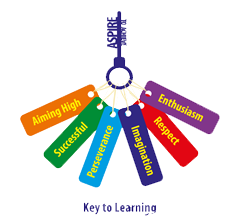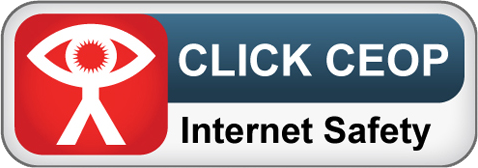Restorative Approach and our Bee Rules
What are Restorative Approaches?
Restorative practice is a term used to describe a way of being, an underpinning ethos, which enables us to build and maintain healthy relationships, resolve difficulties and repair harm when relationshipsbreakdown.
Restorative approaches are value-based and needs-led.
They can be seen as part of a broader ethos or culture that identifies strong, mutually respectful relationships and a cohesive community and the foundations on which good teaching and learning can flourish. In such a community, young people are given a lot of responsibility for decision-making on issues that affect their lives, their learning and their experiences of school.
What do we offer as a Restorative School?
A safer, more caring environment A more effective teaching and learning environment
- A greater commitment by everyone to taking the time to listen to one another
- A reduction in bullying and other interpersonal conflicts
- A greater awareness of the importance of connectedness to young people. The need to belong and feel valued by peers and significant adults
- Greater emphasis on responses to inappropriate behaviour that seek to reconnect, and not further disconnect, young people
- Reductions in fixed term and permanent exclusions
- A greater confidence in the staff team to deal with challenging situations
- An increased belief in the ability of young people to take responsibility for their choices, and more people giving them opportunities to do so
Restorative Approaches and Practices provide the foundation to build, maintain and repair relationships positively with the whole school community
Every member of our staff team have regular training in the values of Restorative Approaches and how to use Restorative
Meetings to support children with conflicts. Our Restorative Ambassadors work closely with the midday staff to ensure that play times are happy and incident free.
Nevill Road Junior School is also a Showcase School for the Bramhall Cluster with whom we work closely to share good practice.
To find out more about Restorative Approaches please go to www.restorativestockport.co.uk
We have four simple Bee Rules, that have been created with the children. Be Safe, Be Respectful, Be Responsible, Be Ready. These values underpin and drive our high expectations of positive behaviour and attitudes for all.
Be Safe
To listen to and follow instructions.
To play in safe areas of the playground where an adult can see you.
To walk in school.
To keep your hands and feet to yourself.
To stop when the whistle blows and line up safely.
To remember not to slide tackle.
To sit properly on chairs – all four feet.
Be Responsible
To look after school equipment and property.
To make good choices and always be honest.
To use your best presentation in all lessons.
To keep your classroom and cloakroom tidy.
To complete your homework every week.
To throw away your litter in the bin.
Be Respectful
To be kind and help others.
To respect other’s differences.
To listen and always follow instructions.
To respect school property.
To use good manners and wait your turn.
To remember that we are a TEAM.
Be Ready
To arrivive at school on time and have your equipment ready.
To line up silently and come in to class ready to learn.
To write the LO quickly and underline.
To show you are listening, 5 - 0 eyee and knees facing the teacher.
To walk around school inside and outside, sensibly and calmly.
To help children further with their behaviour, we have recently launched the Zones of Regulation throughout the whole school. We want to teach all of our children good coping and regulation strategies so they can help themselves when they experience anxiety and stress. In the classroom, sometimes children panic when faced with a tricky learning problem or challenge. By teaching them how to cope with these feelings, we mightmake them better at tackling learning challenges and build better resilience so they don’t give up so
easily when faced with difficulty.
What are the different Zones?
Blue Zone: low level of arousal; not ready to learn; feels sad, sick, tired, bored, moving slowly.
Green Zone: calm state of alertness; optimal level to learn; feels happy, calm, feeling okay, focused.
Yellow Zone: heightened state of alertness; elevated emotions; has some control; feels frustrated, worried, silly/wiggly, excited, loss of some control.
Red Zone: heightened state of alertness and intense emotions; not an optimal level for learning; out of control; feels mad/angry, terrified, yelling/hitting, elated, out of control.
 Nevill Road Junior School
Nevill Road Junior School






